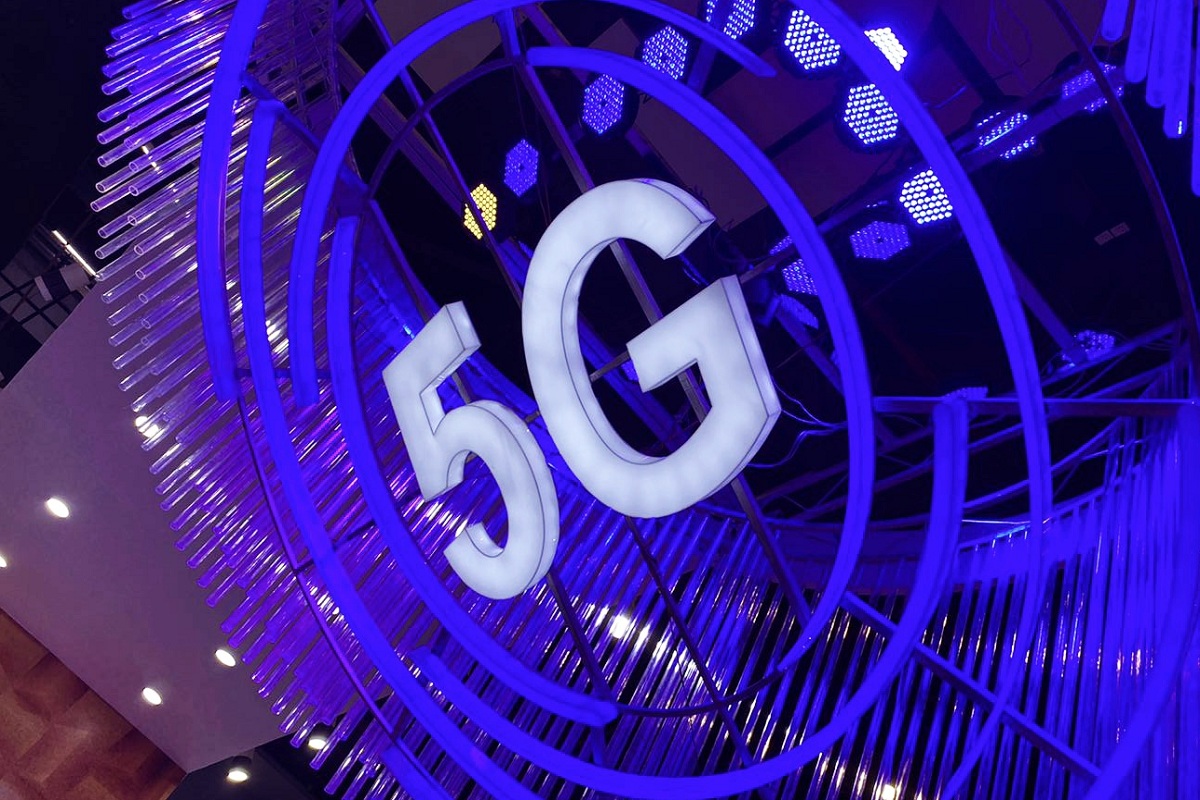The India Cellular and Electronics Association, of late, has predicted that by the end of 2023, 75–80% of new smartphone launches will be 5G-enabled as India continues to roll out 5G in more than 50 cities and towns.
The Indian government launched the 5G era on October 1, 2022. Since then, many private telecom players such as Jio, Bharti Airtel, and Voda-Idea have launched 5G telecom services in the country.
But how is the latest buzzword, “5G,” performing all of its wonders?
Advertisement
Precisely, 5G is the generation following 4G networks, which replaced all preceding ones. But on the technological side, it’s far more complex than 4G.
The 5G spectrum, or typical range of radio frequencies, is a crucial component of the entire 5G eco-framework, and for this spectrum, telecom companies like Jio, Bharti Airtel, and Vodafone competed in a bidding war for the 5G allocation for a specific range of spectrums, comprising low, mid, and high 5G bands, on August 20, 2021.
The low frequency band –less than 1GHz– has more coverage distance but lower speeds, the mid band–1GHz to 6GHz– offers balance between coverage and speed, and the high band –24GHz to 40GHz– offers higher speeds but less coverage of radius.
The radio spectrum is used by 5G to transmit and receive data, just like existing wireless communication techniques. Contrary to what we’re used to with 4G, this new network can attain extremely fast speeds by using higher frequencies (millimetre waves) on the radio spectrum.
The speed and capacity of 5G services can be up to 10 times greater than those of any 4G network service and 30 times greater than those of 3G.
The installation of new mobile towers is not necessary for 5G services to function on current towers.
Mobile networks formerly just had to work around basic cell phones used for texting and web browsing. But the new-gen gadgets, smart cities, IoT, AR, and VR hardware need a lot of bandwidth.
But how fast is 5G? Well, any 5G-supported smartphone can provide download and upload speeds of at least 20 GB per second and 10GB per second, respectively, with latency as low as 4ms or higher.
Any 5G user with great network flow can download a 4GB file in under 30 seconds with 5G speed as fast as 1 GB per second.
However, as millions of devices join the web at an unprecedented rate, the entire infrastructure must expand to handle the traffic and offer quicker connections, better handle multiple ones at once, and provide these devices with wider coverage. That’s what 5G aims for.
For the time being, there are just a handful of Indian cities that support true 5G networks, but it will cover every nook and cranny of every Indian state.
However, to receive and function the magic, this new cellular network requires a 5G compatible phone with a maximum of 5G bands, as any phone will not be able to access the network.
But what’s the best way to find out whether 5G bands are supported by your phone? On the retail packaging of devices, several smartphone makers will disclose information about 5G band compatibility.
So, it is advised to verify the item to learn more about the 5G band support. You should read the information about the radio on the box’s back. The acronym NR, which stands for New Radio (5G) or the SA/NSA 5G spectrum, should be used to designate it.
Also, some websites compile and maintain information on the 5G bands supported by various smartphones. You can visit GSMArena to know your smartphone compatibility with 5G networks,
Additionally, you may verify it in your phone’s settings under the connections > mobile networks > data network mode option.
Advertisement











